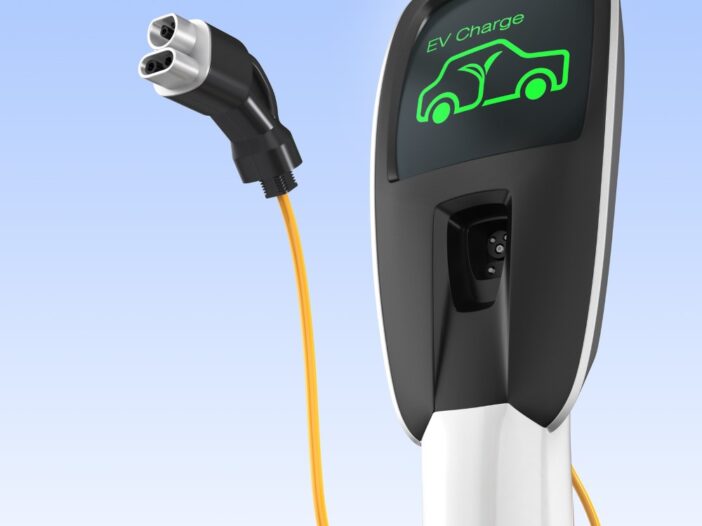I must admit it took me a while to get behind the wheel here in Australia.
I love driving. In fact, getting my licence was one of the first things I did when I turned 18.
But it was the whole left-side driving thing that took me a while to get used to. I had never driven on the left before arriving to Australia.
I mean, the wheel, the gearbox, the indicators, other cars on the road…it’s all the other way around!
While it took me a few months to get there, it’s now become a sort of switch I can turn on and off depending on the country I’m in.
Fact is, there aren’t that many countries that drive on the left. It’s only about 35% of the countries in the world. UK, India, Australia, Hong Kong, Japan, to name a few.
But the reason that I bring this up is that many of them are already starting to move towards electric vehicles (EVs).
While Electric Vehicles still make a small portion of the world fleet, things are starting to accelerate in some areas of the world…even with COVID…and gas prices at lows.
In the UK, new EV sales in August this year doubled while the overall car market fell by 5%. In Europe EV sales in the first six months of the year were up 57% from the same period last year, mainly on the back of the fact that there were more cheaper models available.
EVs are getting cheaper.
Battery prices were about US$1,100 per kilowatt hour just 10 years ago, they fell to US$156 a year ago.
But EVs have plenty more perks than internal combustion engine vehicles too. They are cheaper in the long run to run, they are more efficient, and have fewer moving parts which means less maintenance.
But EV sales could start to ramp up because governments are starting to push for the transition.
Three Ways to Invest in the Renewable Energy Boom
I mean the UK has banned sales of new internal combustion engine cars from 2030. Bloomberg NEF estimates that without the ban or any other incentives EVs would make up less than half (42%) of new market sales in 2030 and 56% in 2035. So, you can see how this ban will likely accelerate things in the UK.
Japan too, another left-side driving nation — and big manufacturer of cars — is planning to ban sales of fossil fuel vehicles by 2035.
And of course, there is India.
In a recent article, Carbon Tracker outlined why India could have quite an incentive to switch to EVs: reducing their dependence on oil.
According to the report, India spends about 2.6% of its GDP on oil imports. They could use that money instead to pay for EV infrastructure and make the switch.
As they wrote:
‘This is a simple choice between growing dependency on what has been expensive oil produced by a foreign cartel, or domestic electricity produced by renewable sources whose prices fall over time. Emerging market importers will bring the oil era to an end.’
The report estimates that — with China leading — if emerging markets were to transition to EVs, estimated growth in global oil demand could fall by 70%. As they noted, transport in emerging markets account for more than 80% of all expected growth in oil demand to 2030, with half of it coming from India and China.
Australia depends on foreign manufacturers for its vehicles.
In 2019, around 30% of the new cars sold in Australia came from Japan. Thailand came second with about 25%, followed by South Korea and Germany.
As mentioned, Japan is looking at banning new petrol and diesel cars by 2035.
Thailand has recently pushed out a package giving businesses with EV projects incentives to accelerate reaching 30% EV production by 2030.
South Korea, too, is providing incentives for the switch, with the government looking to increase their EV market from 113,000 today to 1.13 million by 2025, along with doubling the number of chargers.
This shift could be an unstoppable trend.
The canary in the coalmine being that oil companies are already admitting it.
In their ‘Energy Outlook 2020’, BP looked at three scenarios for the future and in all three they predicted oil demand would decline in the next 30 years. As the company wrote:
‘The structure of energy demand is likely to change over time: declining role of fossil fuels, offset by an increasing share of renewable energy and a growing role for electricity. These changes underpin core beliefs about how the structure of energy demand may change.
‘A transition to a lower carbon energy system is likely to lead to fundamental restructuring of the global energy system, with a more diverse energy mix, greater consumer choice, more localized energy markets, and increasing levels of integration and competition. These changes underpin core beliefs about how the global energy system may restructure in a low carbon transition.’
Our car import markets are starting to move ahead with the EV switch. We should start too.
Best,
Selva Freigedo,
For Money Morning
PS: How to Find Promising Energy Stocks — Discover why the energy market is ripe for massive disruption and how to identify innovative energy stocks. Click here to learn more.

